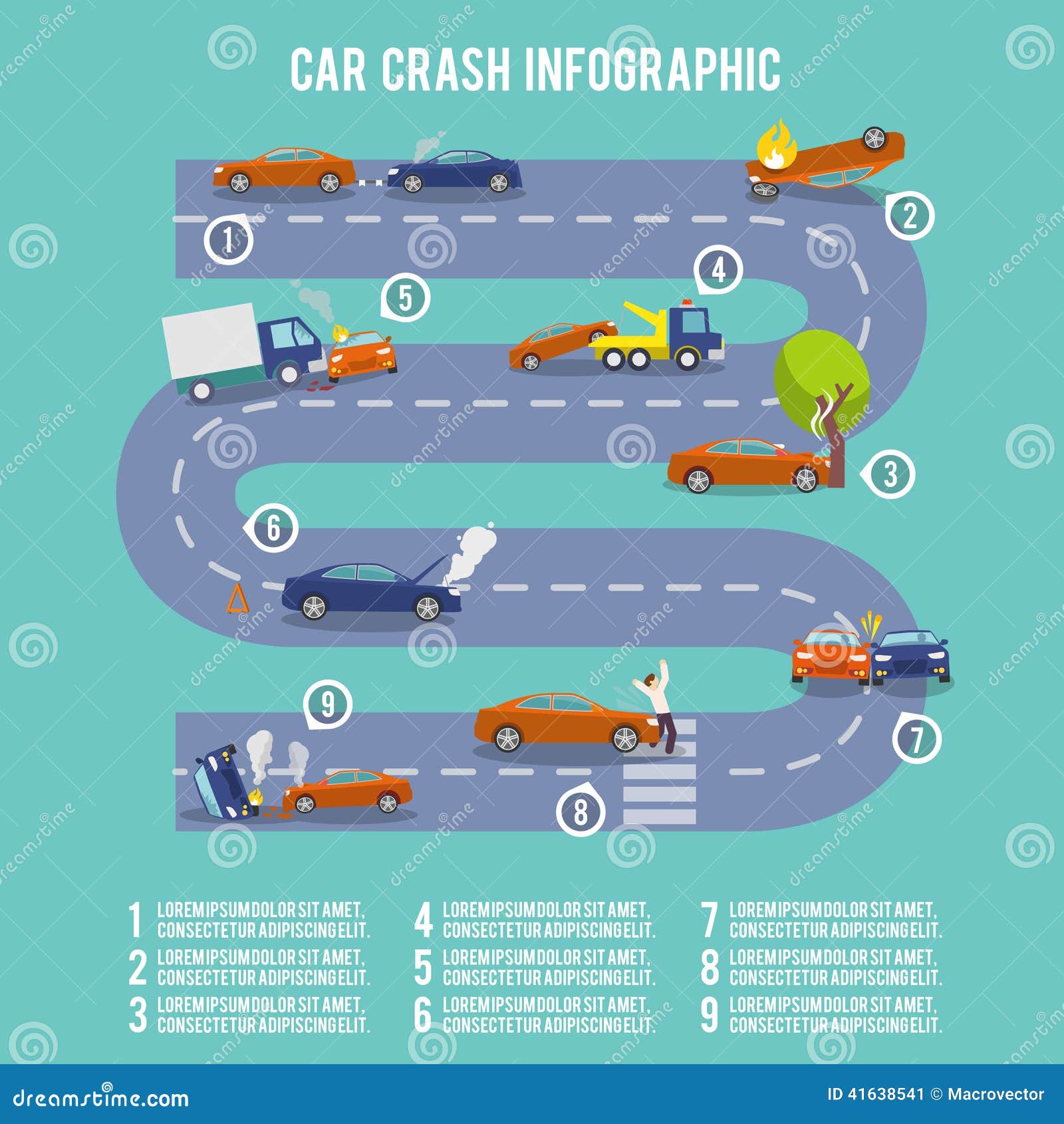Evaluating Your Cars And Truck'S Caution Indicators: What They Really Communicate
Evaluating Your Cars And Truck'S Caution Indicators: What They Really Communicate
Blog Article
Web Content Composed By-Samuelsen Alvarado
When you lag the wheel, those glowing warning lights on your dashboard can be a bit puzzling. Do you understand what they're trying to inform you regarding your automobile's health and wellness? Comprehending the relevance of these lights is essential for your security and the longevity of your car. So, the next time one of those lights appears, would not you want to understand its message accurately and take the essential actions to resolve it?
Common Caution Lighting and Interpretations
Recognize common caution lights in your auto and recognize their significances to ensure risk-free driving.
One of the most typical warning lights include the check engine light, which indicates concerns with the engine or exhausts system. If this light comes on, it's vital to have your vehicle checked promptly.
The oil stress alerting light shows low oil stress, requiring prompt focus to avoid engine damage.
A flashing battery light could recommend a malfunctioning billing system, possibly leaving you stranded if not dealt with.
The tire stress monitoring system (TPMS) light alerts you to low tire pressure, impacting vehicle security and fuel efficiency. Ignoring this can cause dangerous driving problems.
The abdominal muscle light indicates an issue with the anti-lock stopping system, compromising your capacity to stop promptly in emergencies.
Last but not least, the coolant temperature level warning light warns of engine overheating, which can cause serious damage if not resolved quickly.
Recognizing these common warning lights will aid you deal with problems promptly and maintain risk-free driving problems.
Importance of Prompt Interest
Comprehending the usual warning lights in your car is just the primary step; the relevance of quickly attending to these warnings can not be emphasized sufficient to guarantee your safety when driving.
When a caution light illuminates on your control panel, it's your automobile's way of connecting a possible concern that requires interest. Overlooking https://ecu-tune-cost73940.blog-a-story.com/12608120/just-how-to-select-the-right-vehicle-detailing-solution-for-your-demands can lead to extra serious troubles in the future, jeopardizing your security and potentially costing you a lot more out of commission.
Motivate interest to advising lights can prevent break downs and crashes. For instance, a flashing check engine light could show a misfire that, if left neglected, can trigger damages to the catalytic converter. Addressing this promptly can conserve you from a pricey repair service.
Likewise, a brake system cautioning light might signify reduced brake fluid or used brake pads, crucial parts for your safety and security when driving.
Do It Yourself Troubleshooting Tips
If you discover a warning light on your control panel, there are a few do it yourself troubleshooting suggestions you can try before seeking professional aid.
The initial step is to consult your vehicle's guidebook to understand what the specific caution light shows. In some cases the issue can be as easy as a loose gas cap setting off the check engine light. Tightening up the gas cap might deal with the issue.
Another usual concern is a reduced battery, which can trigger numerous advising lights. Examining the battery links for deterioration and ensuring they're safe may deal with the issue.
If a caution light persists, you can try resetting it by disconnecting the car's battery for a few minutes and afterwards reconnecting it. Furthermore, inspecting your vehicle's liquid levels, such as oil, coolant, and brake fluid, can assist troubleshoot advising lights related to these systems.
Conclusion
Finally, recognizing your automobile's warning lights is essential for maintaining your car running efficiently and safely. By immediately resolving https://www.bobvila.com/articles/right-to-repair/ and knowing what they mean, you can prevent expensive repair services and prospective break downs.
Bear in mind to consult your auto's guidebook for particular information on each cautioning light and do something about it appropriately to ensure a trouble-free driving experience.
Stay informed, stay secure when driving!
